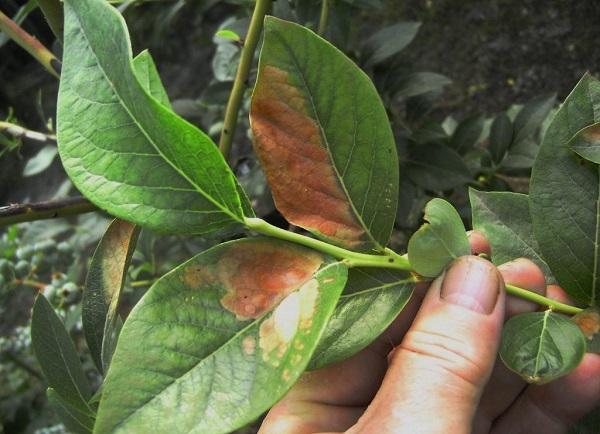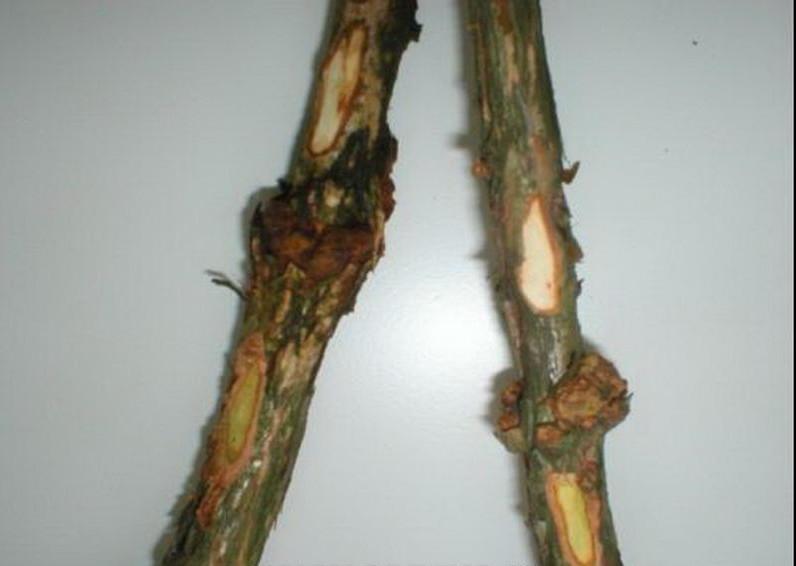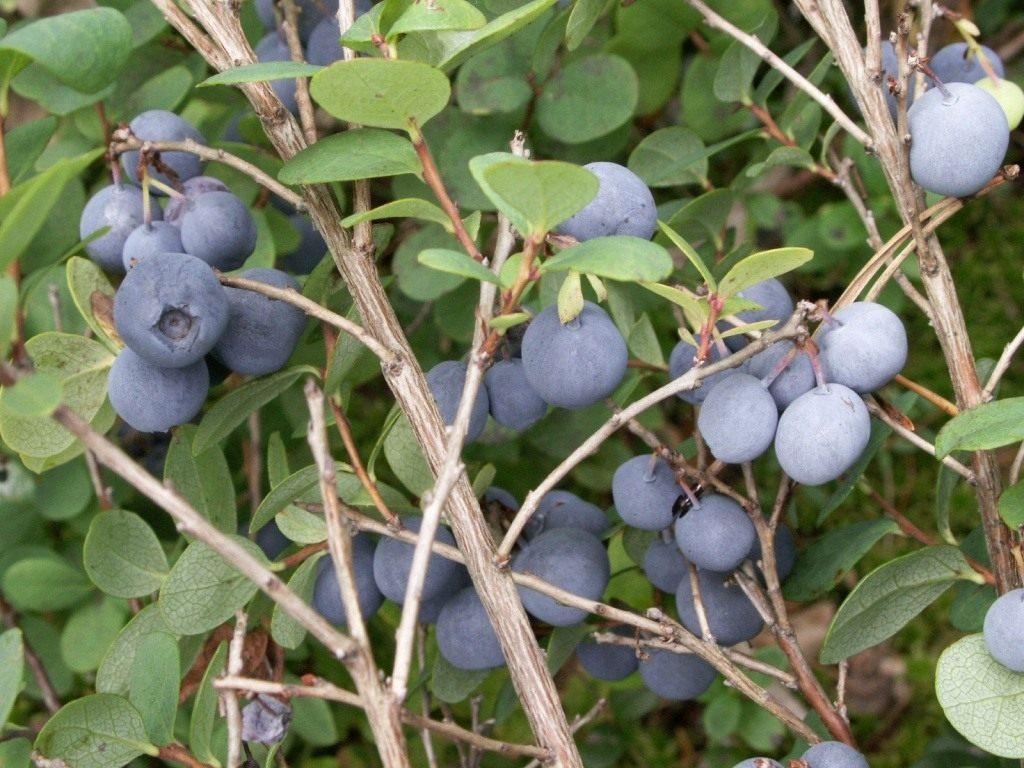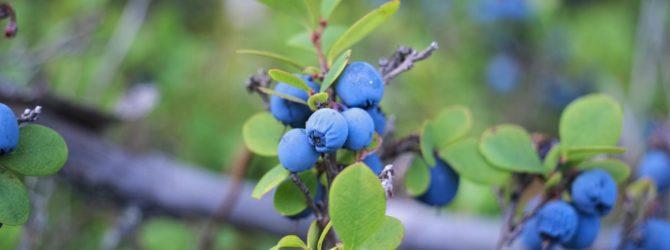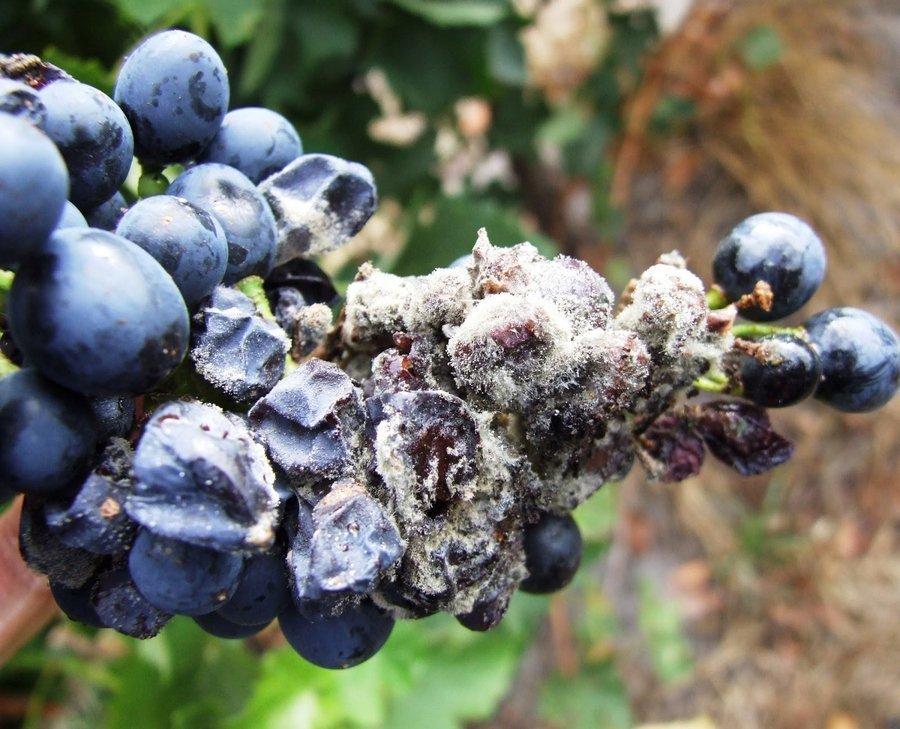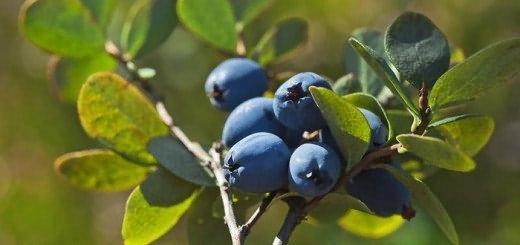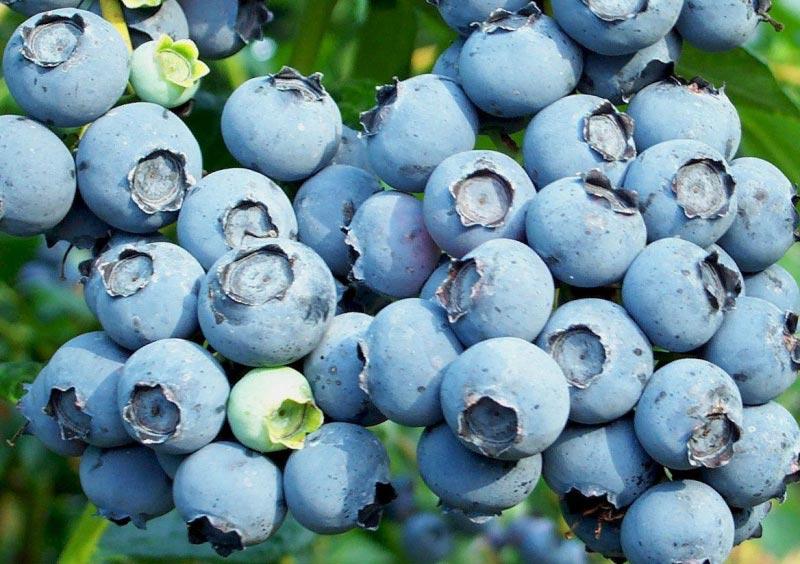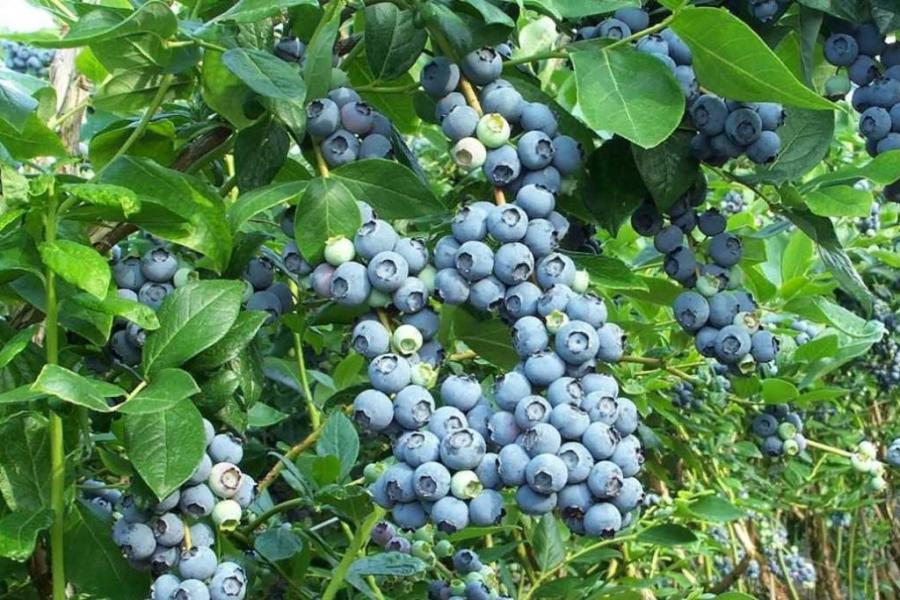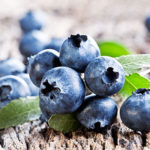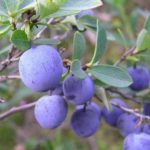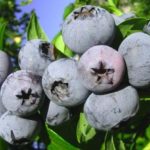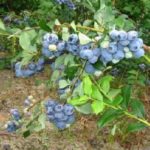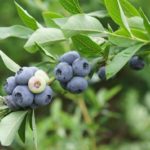The northern berry crop is unpretentious and not capricious. If the rules for planting in acidic soil are followed, care recommendations are followed, the plants grow strong and bear fruit abundantly. Failure to comply with growing recommendations results in weakening of the bush, and as a result, the appearance of blueberry diseases and damage by insect pests.
Blueberry diseases and how to treat them
In the process of intensively growing blueberries, gardeners are faced with diseases that lead to changes in color, structure, drying out of individual organs or death of the entire bush. Information about the types, signs of diseases, and methods of fighting infections helps to avoid mistakes in crop care.
Fungal diseases
The introduction and development of all types of fungi are characterized by the same prerequisites:
- large volume of precipitation;
- sustainable warmth;
- proximity to groundwater;
- lack of drainage;
- dense plantings;
- mechanical damage to the stem, shoots, leaves;
- unsuitable acid-base environment of the soil, unbalanced mineral supplements.
Fungi are visualized on damaged surfaces as a sticky substance or mold with fluff. Infection occurs through neighboring diseased plants, spores are carried by insects, wind, and precipitation. Infectious agents overwinter on blueberry bushes, in fallen berries, and on the ground.
Fungal diseases cause significant damage to the crop, reduce productivity, and change the taste and aroma of berries. Unlike viral infections, fungal infections can be treated if time is not lost.
Stem cancer
When blueberries are infected with stem cancer through the root system, the following symptoms are noted:
- the formation of red dotted spots on the leaf blades, gradually growing and merging;
- death of affected foliage;
- drying of the stems after deep brown ulcers appear on them;
- disruption of metabolic processes leading to slower plant development, chopping, and shedding of berries;
Sick blueberries can be cured if the crop is treated with Bordeaux mixture, Topsin or Fundazol when the first symptoms appear and to consolidate the result after harvesting.
Phomopsis
Tall blueberry varieties are susceptible to fungal infection. The disease begins at the tops of young shoots and gradually moves lower, causing all areas of the bush to wither.
Characteristic features:
- changes begin with the appearance of brown, then gray spots on branches with a diameter of up to 10 mm;
- after a while, clearly defined borders of brown and gray ulcers form;
- after 8–12 weeks the blueberries dry out;
- the tops of the branches curl up.
A favorable environment for the development of fungi is low humidity - less than 60%, high summer temperatures. To save garden blueberries and protect neighboring plants, diseased branches are removed and burned. The bush is sprayed with a solution of Topsin, Tridex or Fundazol.
Gray rot
Suitable conditions for the growth and reproduction of mold pathogens are high humidity and stable heat. A gray or brown coating with fluff covers areas of the stem, shoots, and leaf blades, but the disease is more pronounced on the berries.
First, yellow dots form, gradually darkening and increasing in size. The fruits begin to rot, the bush dries out. If there is no mold on the berries, then the taste changes and the fruits become inedible. When gray rot appears during flowering, the inflorescences become brown and fall off.
To protect the crop from a common disease, every autumn and spring the plant is sprayed with fungicides containing copper.
Moniliosis of fruits
The second name for moniliosis is fruit rot. Drooping shoots and flowers turn yellow, then turn black and die. The blueberry looks frostbitten. The fruits, not having time to reach the required size, are inhibited in growth, dry out, and crumble. On damaged leaves and berries, fungal spores form colonies and wait out the winter cold.
Damaged shoots and carrion collected from the ground are removed, and fungicides are used for treatment - Funginex, Topas, Mission.
Physalosporosis
In August–September, red spots are visible on young blueberry stems, which over time transform into girdling rings. Ultimately the shoots die. In spring, old branches are removed, leaving a few young shoots. It is recommended to treat the crop with Bordeaux mixture, Fundazol or Topsin twice - in the spring and after picking the berries.
White spot
The disease begins with the appearance of multiple small brown spots on blueberry leaves. They increase in size, turn white and are outlined by a brown border. Affected areas rot or dry out, forming holes in the foliage. Later, the fungi move to the branches and fruits. The berries acquire a grassy taste and become smaller.
Spores develop quickly in humid, warm weather, but tolerate heat well, temperatures from 3°C. It is recommended to mulch the soil around the plantings and spray with Bordeaux mixture or fungicides.
Witch's broom
A characteristic symptom of a plant disease is the growth of short reddish shoots in the form of a bunch or an irregular ball shape at the site where the fungus takes root. The leaves on the branches are not viable and dry out quickly. The ovary and fruits are not formed. When mushrooms actively grow and reproduce, pieces of mucus fall from the plant. The rapid growth of short, thin shoots takes away some of the blueberries' nutrients and moisture, suppressing and leading to the death of the crop.
Removing the formations does not get rid of the fungi that cause the disease. Treatment of bushes with Fundazol and Cuprozan helps. Witch's broom is difficult to treat.
Viral diseases
Diseases of this etiology are incurable. The plants are completely removed, taken outside the garden area, and burned.
Viral diseases include:
- Mycoplasma or dwarfism. The first four years are the latent period. All blueberry organs slow down their growth. The leaves begin to turn red and then die. A distinctive sign of dwarfism is stripes on the branches.
- Mosaic. The disease develops quickly. The blueberry bush dies within a few months. First, the growth rate of shoots decreases and fruiting is absent. Yellow mosaic patterns appear on the foliage. The last stage of the disease is complete withering.
- Red ring spot. From mid-July, red spots are visible on the leaves of the crop, standing out in a brighter tone along the edges. Later, the formations merge into a single whole and the leaf dies.
If blueberry leaves turn red, get rid of the plant to avoid infecting neighboring bushes. Measures aimed at combating virus carriers - nematodes and mites - help prevent spotting.
Plant pests and methods of controlling them
It is estimated that blueberries are attacked by 28 species of insects, more than half of which are butterflies. Timely agrotechnical measures aimed at protecting the crop reduce the risk of a decrease in yield.
Triangular flat leaf roller
A small butterfly, whose wingspan barely reaches two centimeters in size, lays eggs on a bush. The green caterpillars formed from them with stripes of a more saturated color on the sides and back eat the buds and buds. Later, the leaves become entwined with cobwebs and begin to curl. Hence the name - leaf roller. The pest, found everywhere, affects most of the buds and half of the foliage on the bush.
The caterpillars are collected by hand, removing them along with the curled leaves.In the spring, at the beginning of sap flow, before budding and after blueberry flowering, the chemical preparations Kemifos, Iskra, Decis Profi are used. For preventive purposes, Profilaktin is used, and when whitening boles, copper sulfate is added to the lime.
Blueberry moth
The moth caterpillar is yellow with black stripes along the body. It has two pairs of legs on its stomach. They become active immediately after the buds of the crop open, eating them, leaves, and buds. A month later, insects on threads of webs descend to the ground, where pupation occurs. One butterfly can lay up to three hundred eggs under the bark. Damage to more than 10% of the foliage is a signal to treat blueberries with pesticides (Lepidocide, Sumition).
Sagittarius heather
The insect is common in the central European part. Brown hairy caterpillars with contrasting black and white patches are active throughout the summer. They feed on the leaves of the plant. The insecticides Karbofos, Aktara, Fas, and Molniya are effective in the fight against heather lancet. It is recommended to alternate chemical drugs to avoid addiction.
Prevention measures
To prevent the development of fungal and viral infections, disease-resistant blueberry varieties are selected. Proper soil preparation and crop care reduces the risk of diseases and pest attacks.
Preventive measures include:
- control of soil acidity, adding organic acids to the soil if necessary;
- planting blueberries in a loose, drained substrate;
- avoiding waterlogging of the soil;
- autumn and spring pruning of diseased and deformed blueberry shoots;
- weeding;
- balance of applied fertilizers;
- mulching the soil around plants and between rows with bark or sawdust;
- covering blueberry bushes with spruce branches for the winter to repel rodents;
- the use of covering material to prevent freezing and weakening of the crop;
- treatment of plants with fungicides in early spring, three times after the leaves appear at intervals of a week, 3 times after harvesting the fruits and at the end of the growing season;
- sanitary cleaning of the land from fallen leaves, berries, and fragments of branches.
Before planting blueberries, the intended area is checked for the presence of beetles and wireworms. If the concentration of insects per 1 sq. m exceeds 2 and 7 individuals, respectively, then such a place is not suitable for blueberries.

